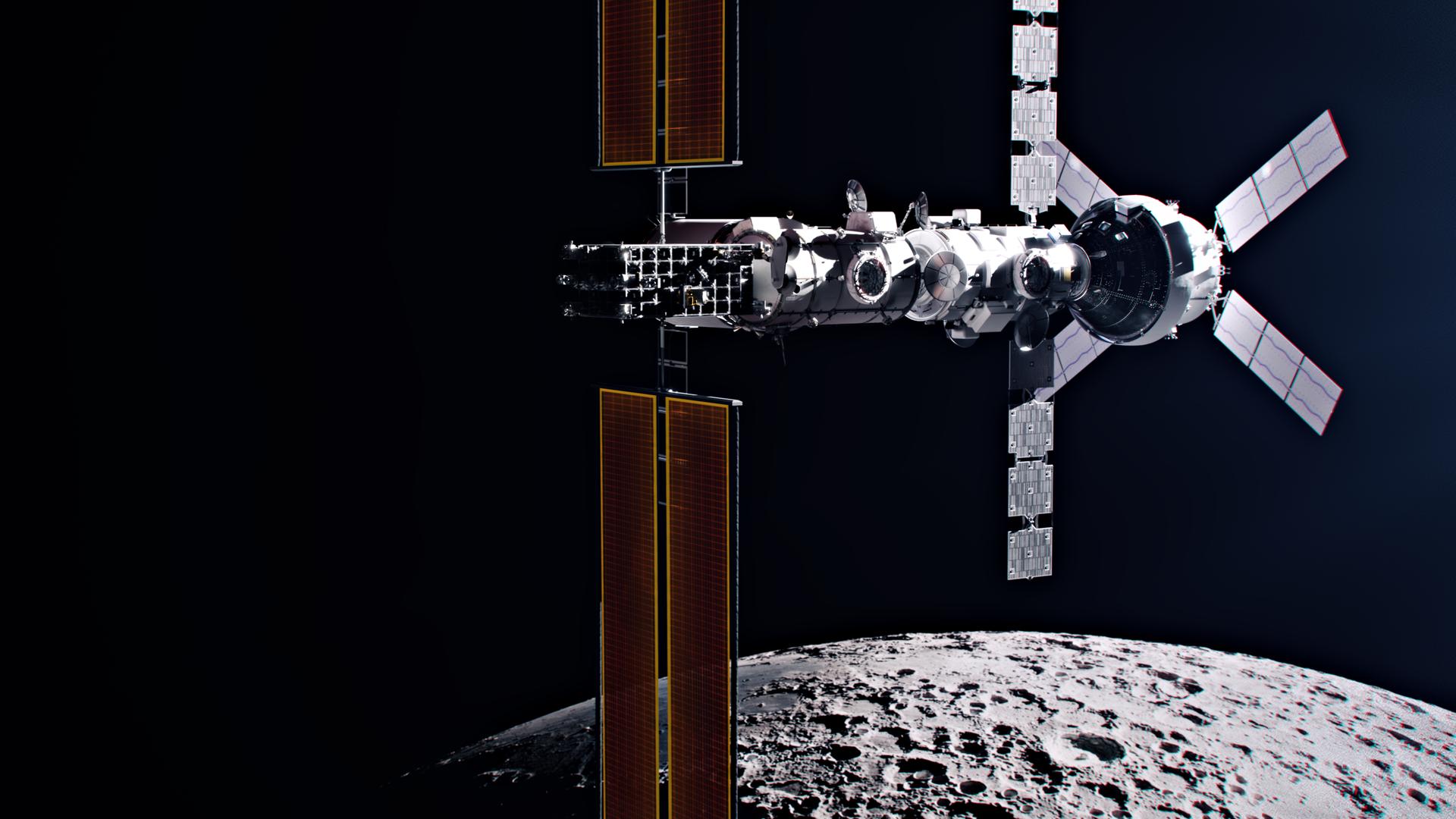Positions
How to Join
I am recruiting smart and highly motivated individuals to join my research group in the Department of Aerospace Engineering and Engineering Mechanics (ASE/EM) at UT Austin. The students I work with typically have a background in aerospace engineering, but this is not a strict requirement. If you are an undergrad or M.S. student with an engineering or math/science background and you are interested in any of my work, let’s talk! Follow the instructions based on your status below.
Prospective Graduate Students
If you are a prospective graduate student, feel free to reach out to me via email to express your interest and to learn more. To better assist you, in your email, please identify a recent publication from myself or my group that you find interesting, and why it interests you.
Qualified and motivated individuals are encouraged to apply to the Ph.D. program in the department of Aerospace Engineering and Engineering Mechanics. You can learn more about the program, application process, and requirements on the ASE/EM Department, Cockrell School of Engineering and Graduate School sites. If you’re interested in working with me, please list my name as a potential Ph.D. advisor in your application.
The deadline for the current application cycle, for positions starting Fall 2026, is: December 1, 2025.
Current UT Austin Students
Please send me an email that includes 1) what your current department and education level is, 2) your research interests, 3) why you are interested in working with me and in what capacity, and 4) whether you will need funding or not. Please also include your CV and recent transcripts as attachments so I can assess your unique strengths.
IMPORTANT: If you are an undergrad student, note that the work done in this group might be beyond what you have encountered so far in your curriculum. I therefore strongly recommend that you first browse one or more of the following resources to see if the concepts we explore are of interest to you:
- “Optimal Spacecraft Trajectories”, John E. Prussing. See chapters 1, 3, 4. This is the most applied and approachable resource. You should have access via your UT affiliation here.
- “Convex Optimization”, Stephen Boyd and Lieven Vandenberghe. See chapters 9 & 10, which discuss important ideas in optimization in high detail. Available online for all here.
- “Differential Algebraic Techniques”, ch. 2 of Martin Berz’ “Modern Map Methods in Particle Beam Physics”. We use such a technique for automatic differentiation and the generation of polynomial maps. Available here with institutional access.
Postdocs and Visiting Researchers
I will gladly host postdocs, as well as visiting doctoral students from other universities, subject to the availability of funds for such activities. Please send me an email to learn more.
Why My Group?
We live in an exciting age for spaceflight, and also a pivotal time to explore the themes of control and automation. In my group, you’ll have the opportunity to work in an exciting intersection of these topics. The skills and tools used in your research here are also broadly applicable in a number of dynamics, optimization, and controls-related positions that you might find after your graduation. As a member of my group, you will benefit from close collaboration with myself and the other researchers, weekly one-on-one meetings, and regular group meetings. I am heavily invested in the success of each of my students. In the end, success is an individual responsibility, but in me you will find a receptive, open, curious, and willing collaborator and mentor. My group is hosted in UT Austin’s ASE/EM Department – a vibrant place to learn, recognized as one of the top aerospace engineering programs in the nation.

Artist's Depiction of NASA Gateway space station with docked Orion vehicle, Artemis IV (Image Courtesy: NASA)
Resources for Applicants
Funding Opportunities
Normally, admitted PhD students are funded by a Graduate Research Assistantship (GRA) or a Teaching Assistantship (TA) position. In the former case, your funding comes from work on research grants. In the latter, it comes from assisting with courses.
There are also a number of federal fellowship opportunities that can be used to fund an independent research project for your PhD. These are competitive but with a strong academic background, good advising, and a bit of luck, they are attainable. These can even be applied to before you pick your PhD program (I myself did this), but be aware that some have limitations in the number of times you can apply, so be strategic in your timing. The rules and availability of these opportunities fluctuate a bit from year to year. Note that most of these are limited to U.S. citizens only:
- NSF GRFP Fellowship: Link
- DoD NDSEG Fellowship: Link
- NASA NSTGRO Fellowship: Link
- NASA FINESST Program. This historically was not limited to U.S. citizens. Find on the NASA NSPIRES site.
I would be happy to give advice on such fellowship applications to current students, or to qualified prospective students. During my graduate studies, I was offered awards for two of the above (NDSEG + GRFP).